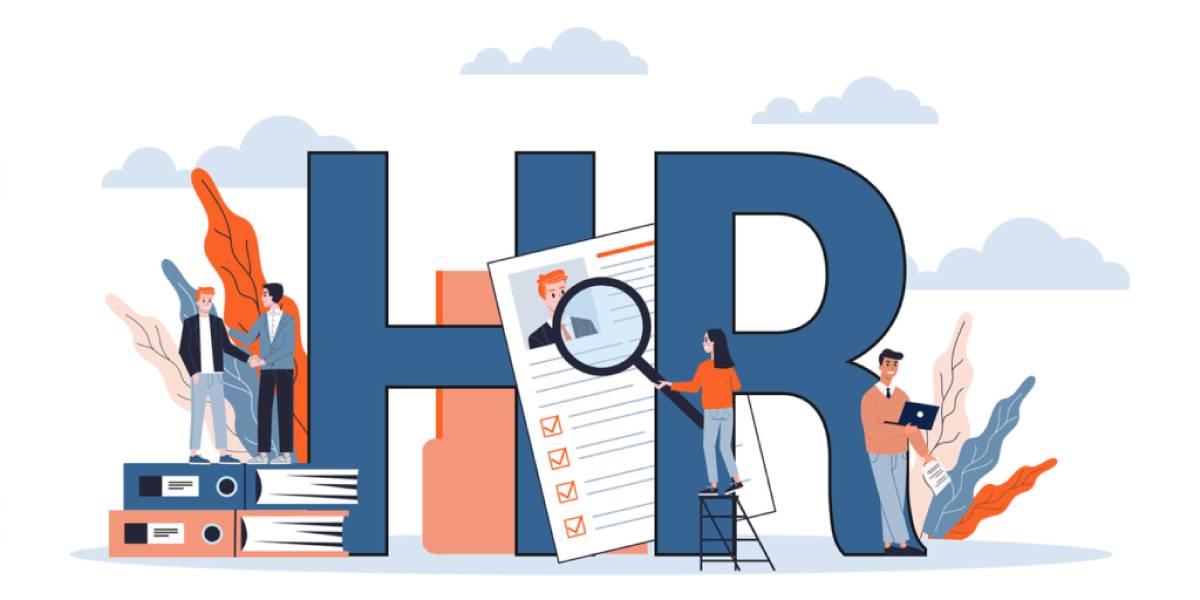Decentralization means the distribution of authority and responsibilities among different levels of an organization instead of them being all accumulated at the top. This, therefore, implies that decision-making authority is no longer solely concentrated with the top management but is shared with middle and lower-level managers. It means that prompt decision-making is possible and productivity is maintained at the same time. Additionally, the top management can use the time to concentrate on strategic decisions. In general, decentralization ensures an orderly operation of a business by spreading the decision-making responsibility to various parts of the company.
Benefits of Decentralization
1. Faster Decision-Making: Through the process of delegating the top-level authority to lower levels of the organization, decentralization helps to speed up the reaction to matters and opportunities. These bosses can make decisions without requesting approval from top-level authority, as a result of which the operations will be more fast and agile.
2. Improved Efficiency: Decentralization allows the decision-making power to be located where the action or expertise is. This usually results in better-informed decisions that better suit local conditions and therefore leads to improved operations efficiency.
3. Enhanced Innovation and Creativity: By enabling lower employee levels to be decision-makers, the organization is giving its employees more room to innovate and be creative. Employees who focus on customers or on performing certain tasks may have valuable advice and ideas for improvement which can be used more quickly in the environment of decentralization.
4. Better Adaptation to Local Needs: Decentralization allows organizations to make strategic and operational decisions that are tuned to the particular needs of the regions or markets they serve. The local managers can play around with products and services and make them fit local requirements, rules, and cultural standards.
5. Increased Employee Engagement and Satisfaction: Workers being given more autonomy and responsibility is a common practice, and most often this results in them feeling appreciated and more connected to their jobs. Decentralization facilitates responsible, empowered employees, which in turn brings about a sense of belonging and satisfaction with their work, leading to higher retention rates.
6. Reduced Workload for Top Management: Decision-making at lower levels of management allows senior managers to concentrate on strategic planning, create general directions, and identify other significant problems that the whole organization experiences. Therefore, it is a great relief to top officials to have to tightly manage small details and use their time and resources to think about long-term growth and development.
7. Better Risk Management: Decentralization can play the role of risk management by giving the power to the decision-making to the various layers. Should a blunder occur on a certain level, it will hardly be able to bring about empire-wide destruction for the organization as a whole.
8. Facilitates Organizational Growth: Decentralization provides a tool that stimulates growth and expansion by providing the autonomy of local units to operate independently. This speed of response enables organizations to be more flexible by adjusting to all kinds of markets, regulations, and competition.
Types of Decentralizations
Functional Decentralization:
-
- Each department in the company, like sales or finance, will now have the authority to undertake its own decisions. They do not have to get approval from their superiors for a particular task; they can just focus on their work.
Geographical Decentralization:
-
- The power of decision-making is given to some places where the company is running. Every local office can do what is best for this specific area.
Product or Divisional Decentralization:
-
- The company breaks down into many units working separately on different products or markets. Each crew is a separate team and can act on its initiative.
Delegated Decentralization:
-
- Middle management or department heads may be given some decision-making authority by top management. This, in turn, facilitates quicker decision-making, with the execution of work being carried out where the problems are identified.
Strategic Decentralization:
-
- Strategic decisions don’t just land on the top bosses’ laps. Strategies are seen to be effective when they are developed with inputs from people at different levels and departments of the organization.
Operational Decentralization:
-
- Mid-level managers may make decisions about everyday operations and do not have to be granted permission by upper echelons. It helps to enhance the quickness of thinking and problem-solving.
Financial Decentralization:
- Each
department or unit of
the company is given the
responsibility for
budgeting and
expenditure. This brings
them the freedom to
direct their resources
in the way they need
them.
People also look for
CEO Vs COO: What is the Difference?
What is a Purple Unicorn? Meaning & Definition
What is Stipend? Meaning & Definition
What is a Key Responsibility Area (KRA)?
FAQs
Decentralization in an organization refers to the dispersal of decision-making authority from central top management to lower-level managers, allowing quicker and more informed responses to local conditions.
Decentralization enhances decision-making by empowering lower-level managers with authority, leading to swift and agile operations as decisions are made closer to the action.
Yes, decentralization often leads to increased innovation as employees at lower levels who have a direct understanding of customers and processes have the autonomy to suggest improvements.
Decentralization is good for employee satisfaction because it entails giving employees more responsibility and autonomy, making them feel valued and connected to their work.

